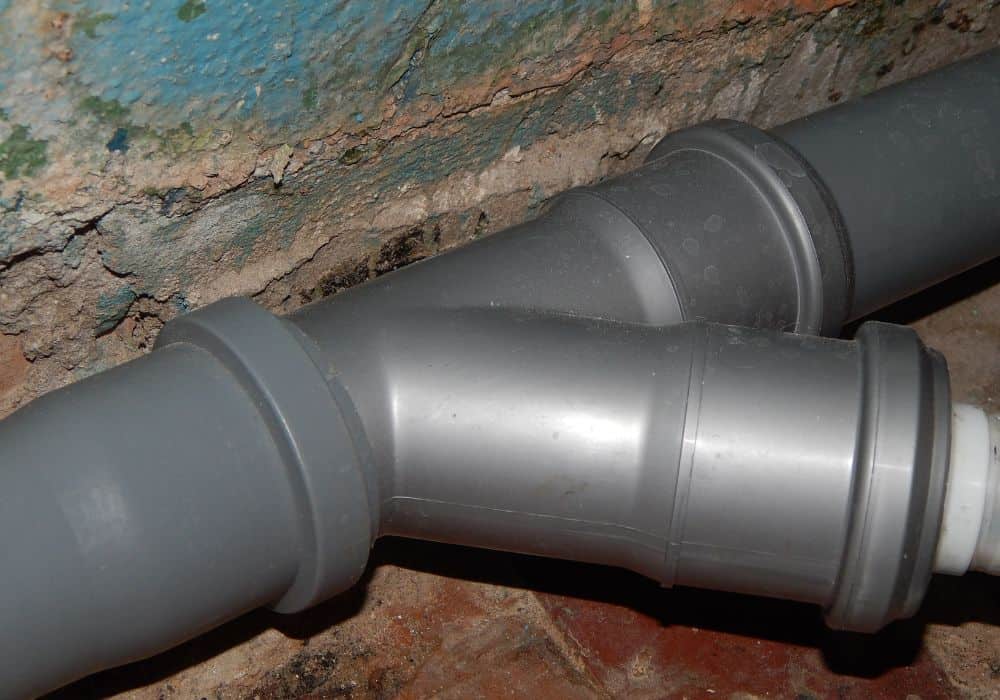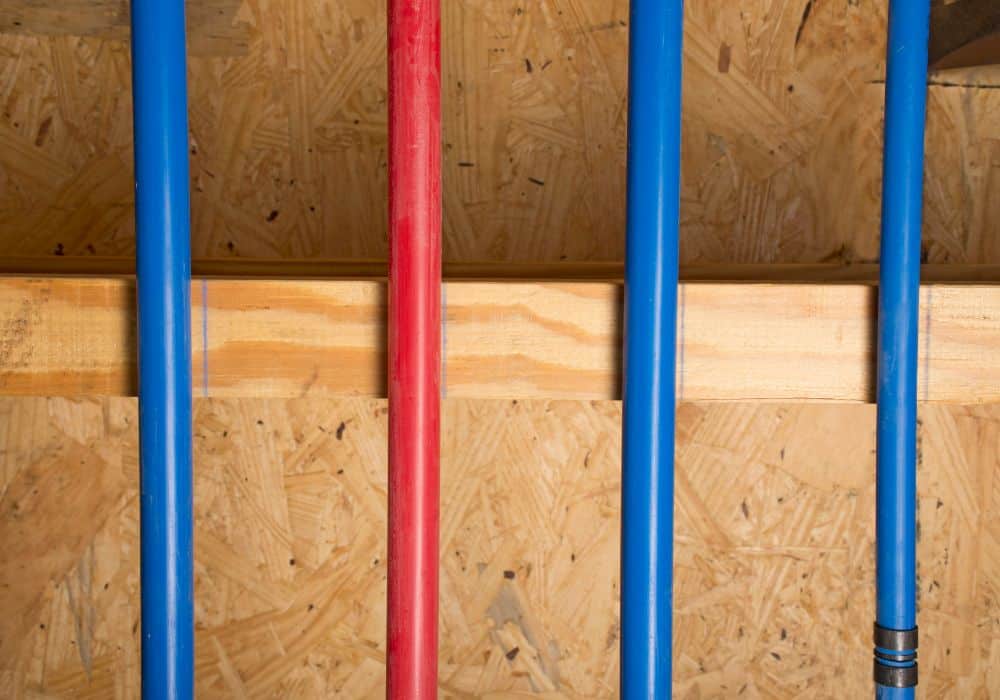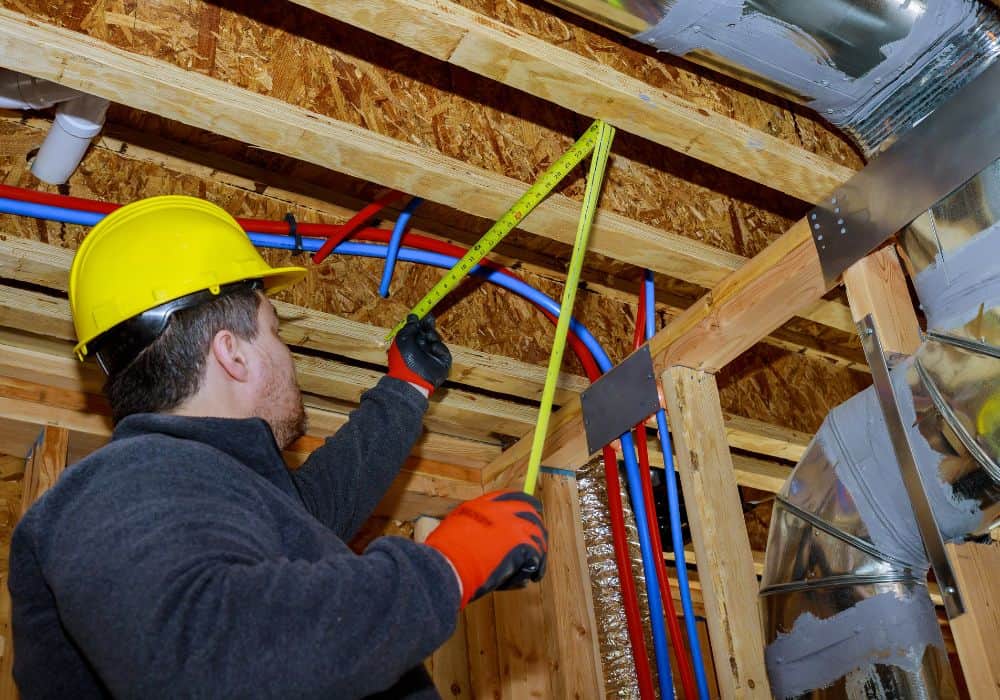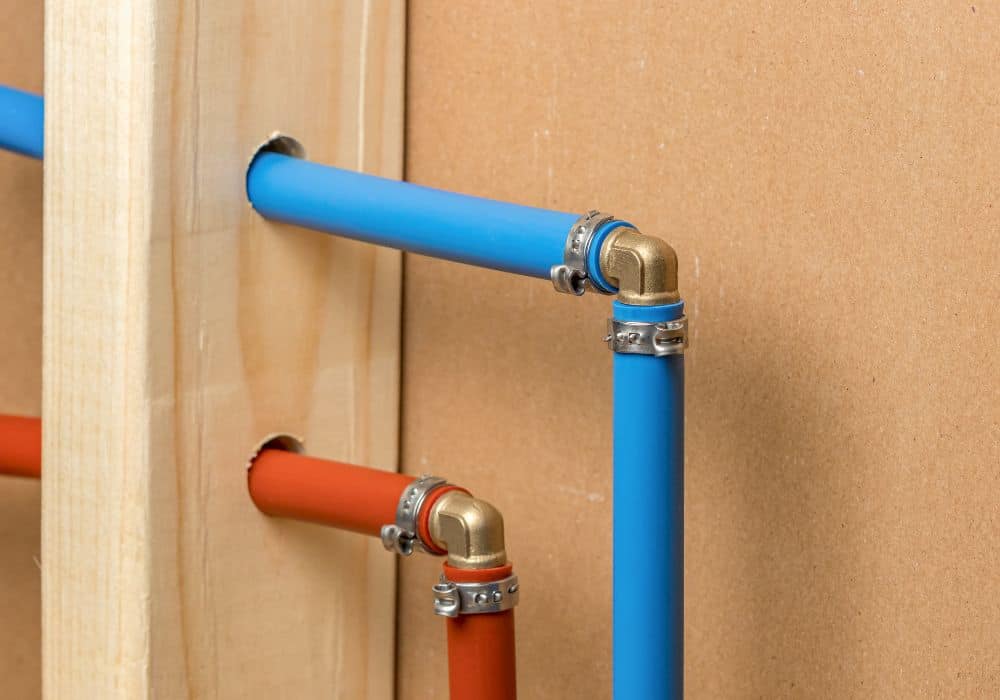Pipes are like the circulation for our homes, businesses, and more. They carry everything from water and gas to sewage, electrical wiring, and more. They connect us to the wider world and are essential to keeping us healthy, sustained, and warm.
But as necessary as pipes are, we rarely want to see them. They are often hidden behind walls, in the basement, and above ceilings, and we want them to stay undetected and work for as long as possible.
So whether you’re building a brand new house or thinking of making some repairs to your plumbing, you may be interested to find out which pipes on the market offer you the best value and service.
With that in mind, this article will focus on two of the most common and popular pipes worldwide; the older quest pipes and modern PEX piping. We’ll discuss the advantages and disadvantages and which one is ultimately worth your investment.
What is a Quest Pipe?

Quest pipes, also known as polybutylene pipes or PB piping, were very common in homes worldwide. They became one of the most popular pipes in the 70s and 80s for two core reasons; flexibility and the ability to mass produce them.
You can easily spot a quest pipe because of its signature grey color and a series of copper rings around its fittings.
Unfortunately, the time has not been kind to quest pipes. People discovered that pipes suffered massive structural damage over time, sprung pinhole leaks and cracks, and eventually crumbled under the water pressure.
In the late 1970s, 1980s, and mid-1990s, class action lawsuits brought worldwide attention to the structural flaws of quest pipes, with companies eventually settling for millions of dollars.
So what happened to making quest pipes nicknamed “the pipes of the future,” only to become replaced whenever discovered?
Over time, it became clear that quest pipes could not resist corrosion from chemicals, including those commonly found in our water supply. Chlorine in water, for example, makes quest pipes incredibly brittle over time. In time this creates micro-fissures along the pipe; over time, these will spread and completely shatter the pipe’s structural integrity.
Experts hypothesize that quest pipes have about a nine-year lifespan before they begin to crack – which is not as reliable as was once thought.
For that reason, many experts recommend that homeowners and business owners become proactive in finding quest pipes in their system and actively replacing them before they fail.
What is a PEX Pipe?

PEX pipes, also known as cross-linked polyethylene, are versatile pipes often used in homes to carry water, electrical cables, and sewage, as well as in industrial settings as part of the heating and cooling systems.
PEX first became popular in the 1990s for residential water, though it was slow for the construction and plumbing industry to appreciate its potential fully. Only when more research was conducted did stakeholders prioritize it in favor of diminishing quest pipes.
Why are PEX pipes so admired nowadays? First, they are often cheaper and easier to install than rival materials like rigid plastic or copper pipes. That’s because they can easily be mass-produced in various shapes and sizes and use fewer fittings and adapters during installation.
Additionally, PEX is often much safer to install and have around your home. Copper pipes, for example, usually require soldering with heat, whereas PEX pipes do not.
Comparisons: Quest VS. Pex
Nowadays, PEX is seen as the solution to replacing polybutylene plumbing. But if you’re still between two minds about their effectiveness, let’s compare and contrast the two pipes across several areas. Only then can you decide when your pipes need repairing and what material you might replace them with.
1. Cost
Cost can be one of the deciding factors in what type of pipes you replace, when, and where. The website CostHelper has compared quotes for both PEX piping and quest piping replacements to give you an idea of the price ranges you can expect.
For PEX pipes, you can expect to pay between $1,500 to $8,000 for replumbing your system with PEX pipes. Of course, this figure can depend on the number of fixtures, fittings, sinks, bathtubs, and toilets that must be connected. Another consideration is the location of pipes; if they are hard to access, behind walls or underground, this may add to the price.
For Quest pipes, the price can extend upwards to $15,000, probably because of the quest pipe’s poor reputation and the likelihood of leak damage in the surrounding pipes and area.
Additionally, quest pipes may cost you more in terms of insurance, as insurance companies will anticipate pipes failing at some point in the near or distant future. Some may refuse coverage altogether until you replace the quest pipes.
2. Resistances
As we know, the main reason quest pipes became a plumbing pariah was because they had little resistance to chlorine found in water. That said, quest pipes do have some resistance against other troublesome agents like detergents, oils, fats, acids, bases, alcohol, ketones, and aliphatic hydrocarbons (aerosols and disinfectants).
On the other hand, PEX pipes are cross-linked, meaning that environmental resistance can be increased significantly during construction, depending on the pipe’s purpose. The expected life expectancy of PEX plumbing pipes ranges to 50 years, making them an ideal replacement for not only quest pipes but also copper pipes and plastic piping like CPVC pipes.
3. Hot temperatures
PEX pipes have a considerably high-temperature tolerance and can easily withstand anywhere between 180 to 200°F (82 – 93.33 °C). This means they are an ideal pipe for carrying hot water, hydronic radiant heating, residential fire sprinkler systems, and more.
Generally speaking, quest pipes should not exceed high temperatures of 176°F (80°C), slightly lower than PEX pipes’ capabilities.

4. Cold temperatures
PEX pipes are also quite effective during colder temperatures. Thanks to their elastic properties, they can hold material below -40°F, making them more effective than PVC pipes for outdoor irrigation, cold water plumbing, and refrigeration.
A technical report from the Plastics Pipe Institute (PPI) spoke of how PEX pipes had additional resistance against cold temperatures, including delaying water from freezing, and how the pipe resisted breaking if water repeatedly froze inside.
Funnily enough, quest pipes can hold material at a slightly colder temperature of 58°F (-50°C), though the improvement is not something that sets it wildly apart from PEX.
5. Legality
Because of the class-action lawsuits against quest pipes manufacturers, some regulations have defined if and when quest pipes can legally be used. For example, this government-issued fact sheet from Alberta, Canada, states that polybutylene piping is no longer viewed as acceptable plumbing piping material.
That said, some plumbers and independent contractors may still favor using these pipes, especially if only replacing small parts of the plumbing system. If you are repairing quest pipes, ensure your plumber is following regulations.
There are no restrictions on PEX besides basic quality control, dimensions, and materials used.
- In America, it is a legal requirement for design specifications to be printed on the side of each pipe.
- In Europe, there are only three classifications, separated by pipe material used in production, e.g., PEX A contains peroxide, PEX B includes Salene, etc.
6. Function
Neither quest pipes nor PEX pipes perform well under UV light. Exposure to the sun’s rays will degrade the pipe’s integrity quite quickly, meaning they are not suitable for outdoor or exposed plumbing.
Furthermore, both quest and PEX pipes should not be placed underground if you live in an area where certain plant-feeding insects live. For example, the Western conifer seed bug is an invasive species known to damage plastic-based pipes.
Additionally, because of their cross-linked production, PEX pipes lack internal pressure, making them unsuitable for venting or drains.

Conclusion
Time has not been kind to quest pipes, and as you can see, many homeowners are actively trying to replace and repair their extensive damage or act before it’s too late.
Because these pipes only have a lifespan of about nine years, it stands to reason many of the problem pipes have already disappeared from plumbing systems, and you may not have to ever deal with them.
But, as many home buyers discover, they can still appear in plumbing systems, especially in older homes that haven’t received much modernization. You must schedule repair work before they cause leaks, comply with laws, and also reduce costly home insurance premiums.
On the other hand, PEX is a versatile, modern-day pipe that can be used in various ways around the home. It is strong, durable, and highly resistant to everything that otherwise weakened quest pipes.
PEX pipes reach the highest industry standards. It’s no surprise they’re now one of the most popular plumbing materials worldwide, lasting over 50 years.
